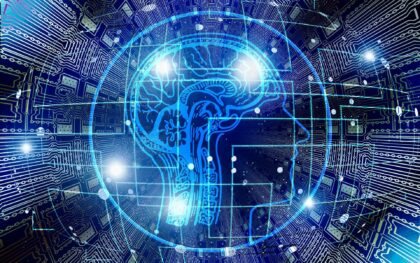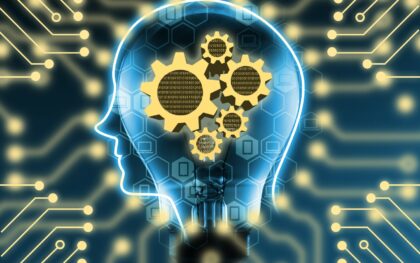Artificial Intelligence
This course offers a general introduction to Artificial Intelligence (AI) and its societal consequences. Half of the course is devoted to the technical aspects of AI, the other to the societal aspects.
Technical aspects of AI. The main paradigms and techniques of AI will be introduced and will be compared in terms of application areas, strengths, and weaknesses (as well as compared to human intelligence). Including the latest developments in generative AI and large language models like ChatGPT.
Societal aspects of AI. This includes addressing the ethical and legal aspects of AI as well as its impact on the job marked. Including discussions of explainability, transparency, robustness, and responsible AI.
The overall goal is to become able to assess which tasks in your own area of work can be automated using AI and what the expected consequences will be (both technical and societal).
What is in it for you?
Learning objectives:
- Explain concisely the scope of AI, its potential for society as well as its limitations.
- Discuss contemporary applications of AI from technical, legal, ethical and economical perspectives
- Describe in overall terms the main paradigms of AI and explain their respective strengths and weaknesses
- Describe in overall terms the most prevalent methods in current AI and their respective application areas, strengths and weaknesses
- Explain the meaning of, and difference between, concepts often used to describe AI or parts of AI, including deep learning, neural networks, machine learning, natural-language processing, knowledge representation, automated planning, artificial general intelligence, generative AI, large language models.
- Given a task in the participant’s own area of work, analyse which methods of AI could potentially solve it, and what consequences it would have in terms of efficiency, robustness, transparency, as well as its overall ethical, economical and societal consequences
- Describe the main trade-offs in designing AI systems in terms of generality vs. scalability, flexibility vs. explainability, etc.
- Explain the main characteristic differences between human and machine intelligence, and the potential in human-machine collaboration.
What is in it for your company?
By having an employee who has participated in this course/programme the company has access to a person with the ability to analyse the potential for automation via AI in all the different areas of the company. This includes not only the ability to analyse the technical aspects and consequences of such automation, but also how it will affect employees, customers and society.
Who is the course relevant for?
The course is relevant for anyone who is not an expert on AI, but would like a deeper understanding of it, for instance to be able to take decisions concerning automation via AI.
Practical information
Language
English
Duration
Two full days, 9.00-16.00. Combination of lectures by Thomas Bolander, discussions, group work, demos, and guest lectures from academia and industry.
Where
Physical lectures in classes with few students promoting active interaction and discussions.
The adress is DTU, Room: Sky-box, Centrifugevej 374, DK-2800 Kongens Lyngby
Cancellation
In case of too few participants, we reserve the right to cancel or postpone the course.
Waiting list
In case of too many participants, we reserve the right to make a waiting list.






